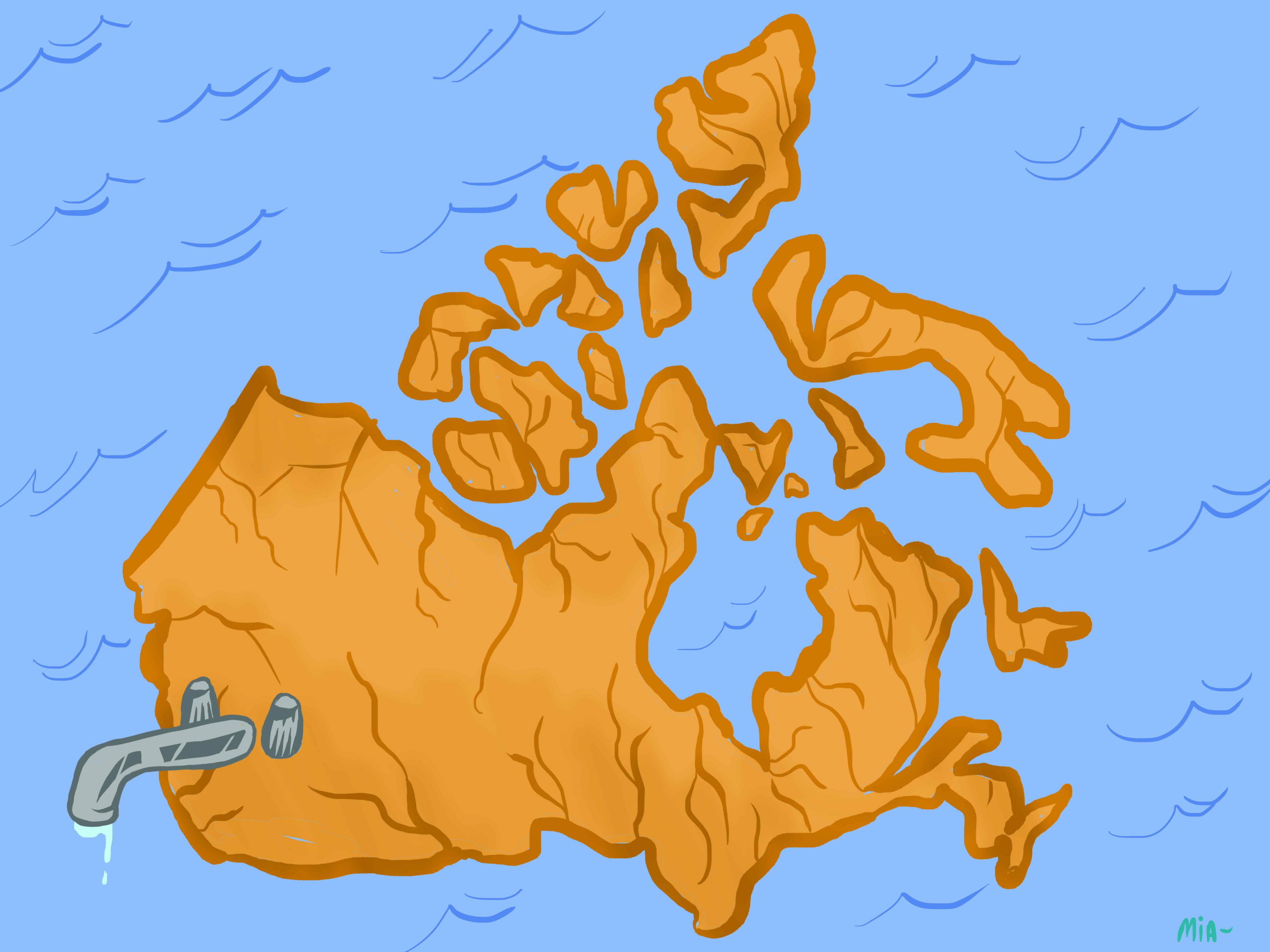Recent reports have brought attention to the looming water crisis in Cape Town, South Africa that could make it the first city to run out of water. Citizens must now consume no more than 50 litres of water per day, shower for no longer than 90 seconds, reuse water for toilets, and are banned from car washing and filling up swimming pools.
Day Zero, the day taps run dry, could occur as early as mid-April for Cape Town. While low precipitation over the last few years can be attributed as the main factor behind the worst drought the city has ever experienced, rapid population growth, poor infrastructure, and climate change have also affected the balance between water consumption and supply.
Such a tragedy is not limited to Cape Town. With major metropolitan cities like Bangalore, Beijing, London, and São Paulo at risk of water shortages in the near future, attention has been drawn to a possible worldwide water crisis.
Canada, home to 20 per cent of the world’s freshwater, appears unlikely to experience a water crisis of the same severity of Cape Town in the near future. Given Canada’s abundance of water and low population density, access to water is rarely a concern for most.
However, while improbable, a national water crisis is not impossible.
Canadians are one of the highest per capita water users at 251 litres per person, per day: this is five times what Capetonians consume. According to experts, a water crisis like that of Cape Town, is not a cause for worry in Canada, but the lack of policies, infrastructure, and action to protect the water supply is worrisome.
Freshwater sources are abundant at the national level, but many historically drought-prone regions, like the Western Prairies, are at risk of water shortages in the future. Areas with low precipitation levels, like the Prairies, rely heavily on groundwater sources, which are often overlooked in policy making and protection efforts. As the population shifts more to relying on groundwater for water, issues such as salt and pesticide contamination and groundwater leakages require urgent attention.
Furthermore, not all freshwater sources are renewable — water that is replenished naturally through the hydrologic cycle. Canada has only about seven per cent of the world’s renewable water, and, contrary to popular belief, the Great Lakes, the world’s largest singular freshwater source, are not considered readily renewable as renewal times can take up to 200 years.
Sixty per cent of Canada’s freshwater drains north into the Arctic Ocean and Hudson Bay — with the majority of the nation’s population living in the south, this water is less accessible and places pressures on the limited supply in more highly populated areas.
Moreover, although clean water is abundant on a national scale, looking at the community level tells a different story. Many First Nations communities in Canada are facing water crises. Currently, over 100 First Nations communities are under drinking water advisories — some of which have been in place for decades with little progress towards improvement. The Grassy Narrows First Nation near Kenora, Ontario has faced mercury-contaminated water for decades and Northern communities regularly face water shortages as their only freshwater sources are frozen for most of the year.
Maude Barlow, the National Chairperson of the Environmental Non-Profit Council for Canadians, advocates that Canada does not have enough governance for adequately protecting water for the future. Barlow argues that at the global scale, Canada has an obligation to protect this valuable resource.


